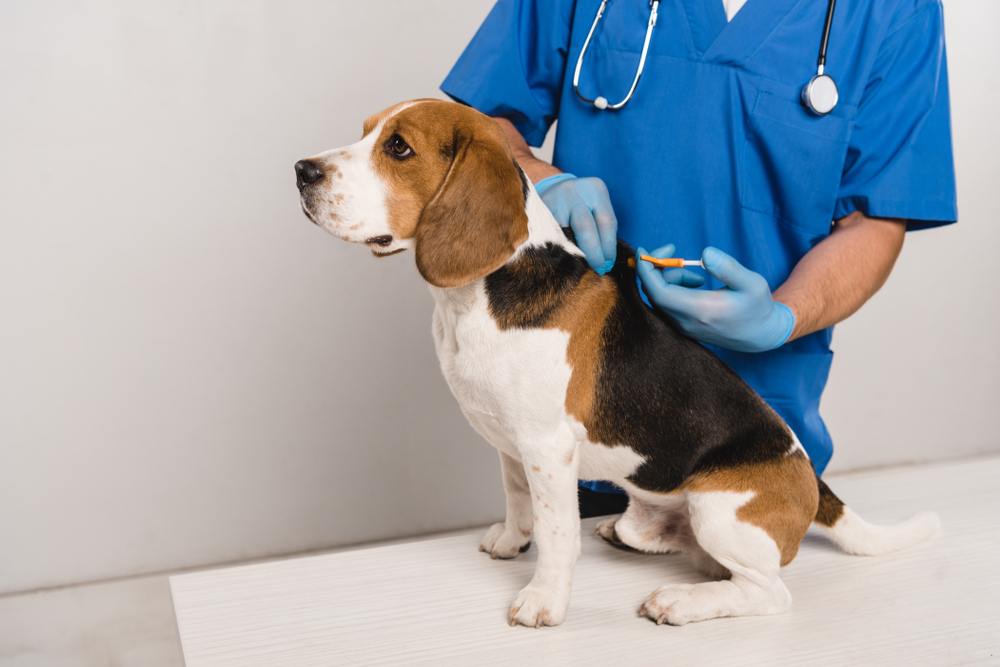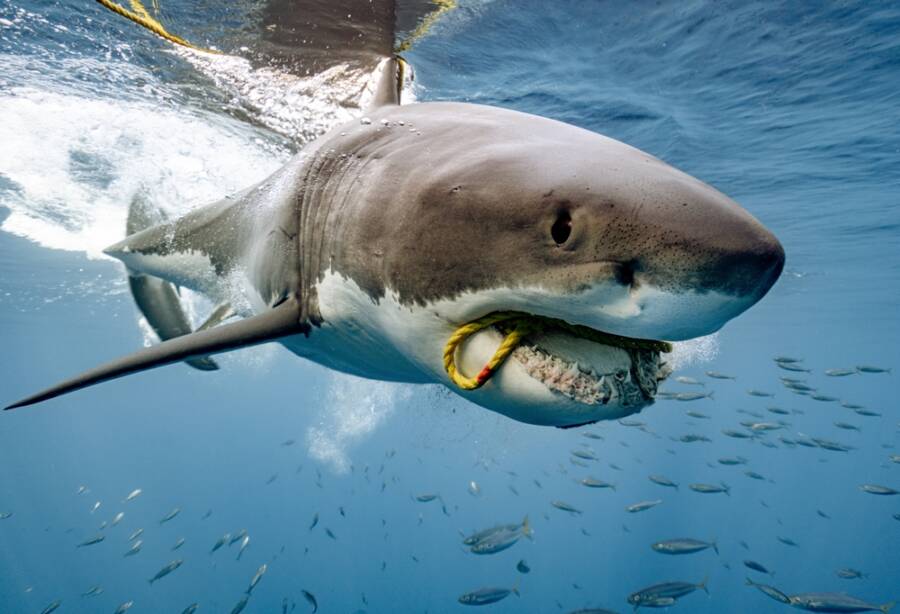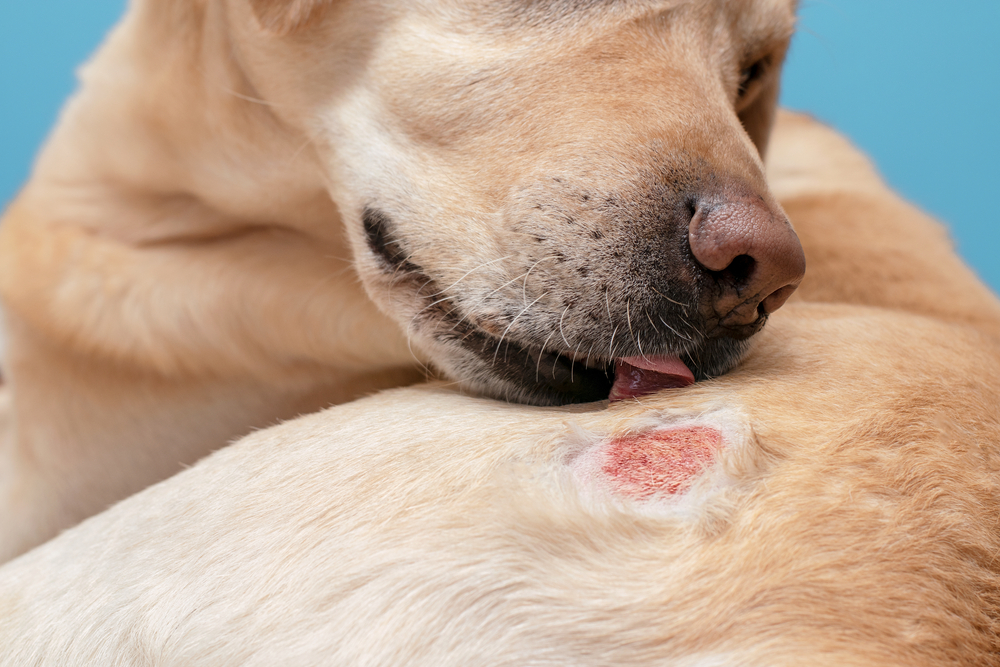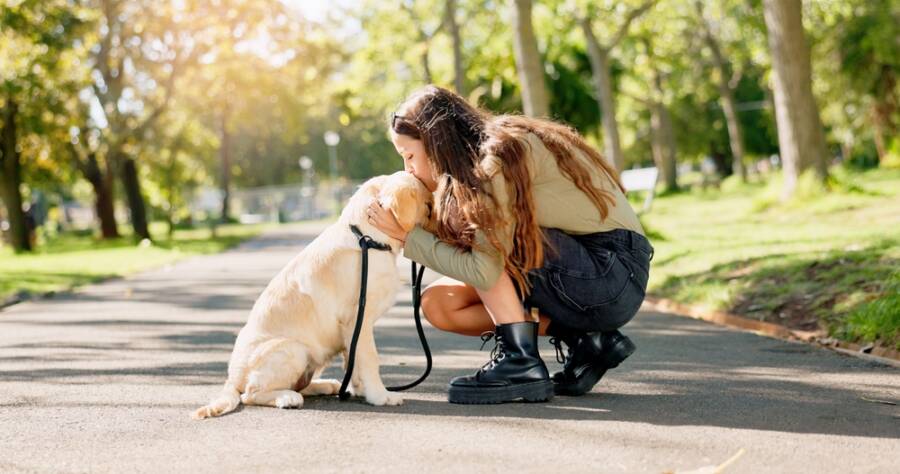Dogs are some of the most beloved members of our families and are the most loyal companions we could ever ask for. When a dog turns out to have cancer, we understand how distressing that can be.
As no one wants to think about their dog becoming unwell, especially knowing the signs of cancer in dogs, it could help you spot the disease early, because that’s when the treatment is most effective. Today, we will debrief some of the most common types of tumors and cancers we can spot in dogs, and how these tumors can be treated to prevent spreading:

Histiocytoma
Generally seen in dogs under three years of age, Histiocytoma tumors are mainly benign. In fact, they rarely spread to other parts of the body. Histiocytoma tumors are also referred to as button tumors, especially since they are generally less than an inch in size, red, raised, and hairless.
They are often seen in English Bulldogs, Scottish Terriers, Greyhounds, Boxers, Boston Terriers, and Chinese Shar-Peis. The tumors can regress on their own within two to three months. With that being said, removal might be best for histiocytomas, especially if they are particularly bothersome to your pet.
Papilloma
Papilloma tumors are benign tumors that resemble warts in dogs, even if they can be uncomfortable and problematic for your little pooch. If you notice that an infection develops plenty of hard, pale, cauliflower-like warts, and you spot them on your dog’s lips, inside the mouth, and even around your eyes, then maybe you should take him to the vet.
They can turn into painful and severe infections, which can make chewing and swallowing extremely difficult for dogs with papillomavirus. Papillomas tend to go away after a couple of weeks, even if they can take sometimes months in a row.
If your dog suffers from Papilloma tumors that are causing them discomfort, your vet or veterinary oncologist could recommend surgery. Since these tumors are caused by a virus, this basically means that transmission can easily occur through direct contact with an infected dog or contaminated objects like bedding or even toys.
You need to make sure you keep the affected dogs isolated from unaffected ones, as the incubation period often lasts a couple of months. By the time those symptoms make themselves known, they might have already spread to other dogs in the household.
Lymphoma/ Lymphosarcoma
Lymphoma is quite a common form of cancer, especially in dogs. There are over 30 types of lymphoma which dogs can develop. As a matter of fact, lymphoma is a generic term used by many vets to describe a group of cancers that could stem from a specific type of white blood cell known as lymphocytes.
They help the immune system fight off infection. The most common types of dog lymphoma are multicentric, alimentary, mediastinal, and extranodal lymphoma. Some of the most common signs of lymphoma in dogs also include swelling under the jaw, in front of the shoulders, and behind the knees.
Lethargy, decreased appetite, and coughing could accompany swollen lymph nodes. If you follow a diagnosis of the specific type of lymphoma and staging, then your vet could recommend chemotherapy to treat this particular type of cancer.
Mast Cell Tumor
Mast cell tumors are hands-down one of the most common skin cancers you can spot in dogs. These tumors usually grow quickly and can be quite red and itchy, and they are often seen in short-faced dogs like pugs, french bulldogs, and boxers.
Shar-Peis are well-known for their high susceptibility to an aggressive form of mast cell tumors. Surgical removal is the main treatment for mast cell tumors in dogs, even if it widely depends on its location.
The more difficult the location, the harder it will be to remove it. If diagnosed early, the surgery can be an effective treatment. With that being said, it’s fairly important to send the tumor to a specialized pathologist to be graded, in order to efficiently establish how aggressive the cancer is, and if further treatment is needed.
Melanoma
Melanoma tumors generally appear as darkly pigmented patches of skin. They can often be found in and around the dog’s mouth or even on the dog’s feet. Melanoma is also prone to spreading rapidly to any other area of the body, and it can be malignant, too.
Sadly, these tumors will often metastasize to places like the lymph nodes, lungs, liver, and any other internal organs. If your dog gets diagnosed with melanoma, then the recommended treatment could include a combination of surgery, radiation therapy, and immunotherapy.

Osteosarcoma (Bone Cancer)
Osteosarcoma is one of the most common forms of bone cancer in dogs. Even if any breed can be easily affected by this particular type of cancer, what veterinarians have often noticed is that osteosarcoma is found in larger breeds, especially Greyhounds and Great Danes.
The number one symptom related to this form of bone cancer in dogs is limping. Treatment for it generally involves amputation of the affected limb, followed by intense chemotherapy. In some instances, if the tumor is detected early on, there are also plenty of limb-saving surgeries available, that can also involve the removal of the affected area of the bone.
Hemangiosarcoma
This specific form of cancer is quite serious, and it requires emergency intervention, or it can quickly become fatal. Hemangiosarcoma tumors in dogs can also grow increasingly larger, and they are often found in the spleen.
However, some of them could also grow anywhere where blood vessels are present, and they can spread to other organs, like the dog’s heart and lungs. Dogs with hemangiosarcoma tumors could also show other signs of it, like pale gums, labored breathing, and an inability to stand up.
Treatment for it usually includes treatment to address internal bleeding. Moreover, the surgical removal of the spleen, and chemotherapy following the surgery.
Fibrosarcoma
This one is yet another slowly spreading form of cancer in dogs, but it’s also more difficult to treat. Amputation and radiation are widely used to treat dogs with fibrosarcoma, to prevent relapse.
Signs and symptoms of cancer in dogs
It can be quite difficult to detect signs of cancer by just looking at your dog. As a matter of fact, at times, even blood work is inconclusive when it comes to detecting some cancers in dogs. With that being said, there are some signs that you could look out for that could indicate your dog has cancer.
Just like with people, early detection is essential when it comes to positive treatment outcomes, especially when it comes to cancer in dogs. If you notice your dog displays any of the following signs, you should make an appointment to see your vet as soon as you can.
Diagnosis
It’s important to be aware of changes in your dog’s behavior. It’s also important to pay attention to any bumps or lumps you could feel while petting and grooming your dog. If your canine friend is displaying one or more of the symptoms listed above, you should make an appointment to see your vet right away.
Your vet could perform a biopsy or any other diagnostic, which will be later sent to a vet lab for testing, as well as palpate your dog to feel for any lumps or bumps.
If you found this article interesting, we also recommend checking: 8 Common Indoor Plants That Are Toxic to Pets















